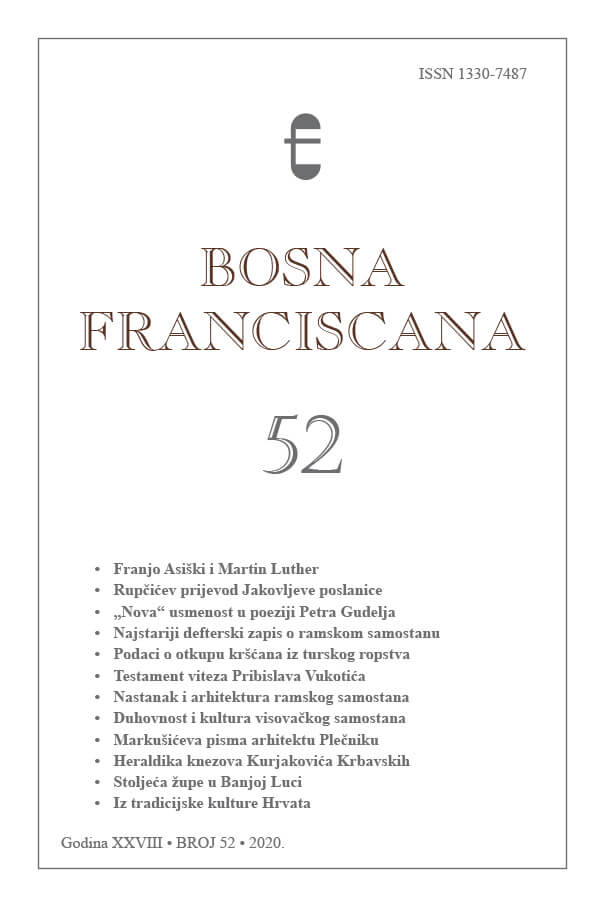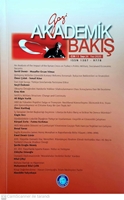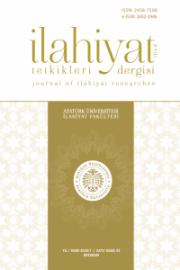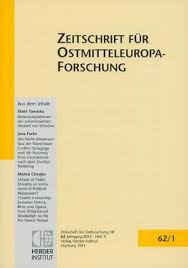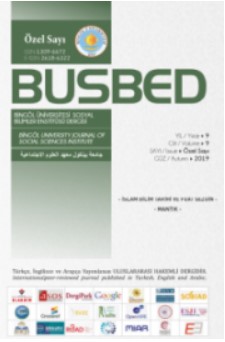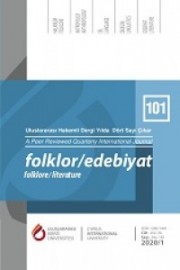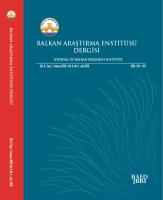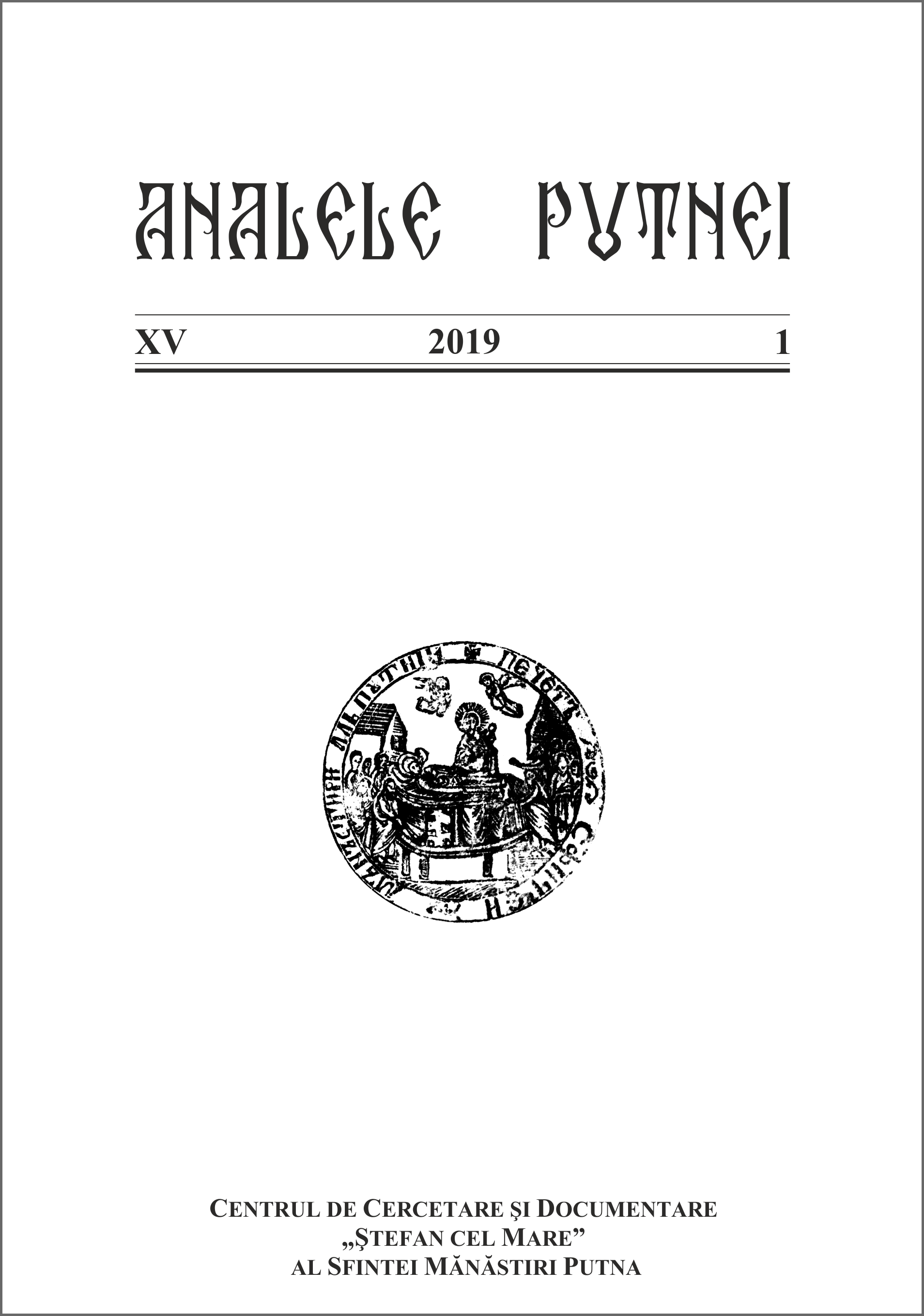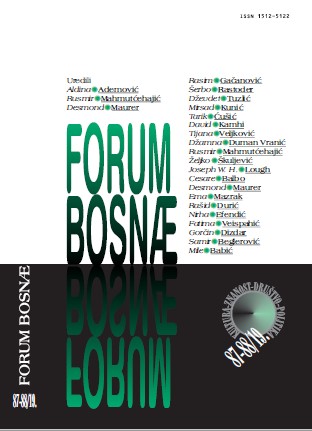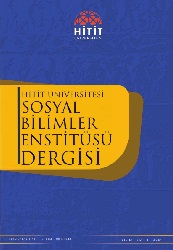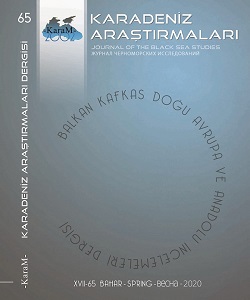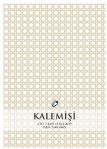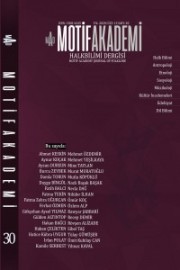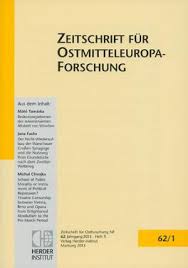
Robert Born, Andreas Puth, Osmanischer Orient und Ostmitteleuropa. Perzeptionen und Interaktionen in den Grenzzonen zwischen dem 16. und 18. Jahrhundert. Robert Born, Sarah Lemmen, Orientalismen in Ostmitteleuropa. Diskurse, Akteure und Disziplinen..
Review of: Osmanischer Orient und Ostmitteleuropa. Perzeptionen und Interaktionen in den Grenzzonen zwischen dem 16. und 18. Jahrhundert. Hrsg. von Robert B o r n und Andreas P u t h . (Forschungen zur Geschichte und Kultur des östlichen Mitteleuropa, Bd. 48.) Steiner. Stuttgart 2014. 336 S., Ill., Kt. ISBN 978-3-515-10848-5. (€ 52,–.); Orientalismen in Ostmitteleuropa. Diskurse, Akteure und Disziplinen vom 19. Jahrhundert bis zum Zweiten Weltkrieg. Hrsg. von Robert B o r n und Sarah L e m m e n . (Postcolonial Studies, Bd. 19.) Transcript. Bielefeld 2014. 355 S., Ill. ISBN 978-3-8376-2697-1. (€ 36,99.). Reviewed by Stefan Rohdewald.
More...
